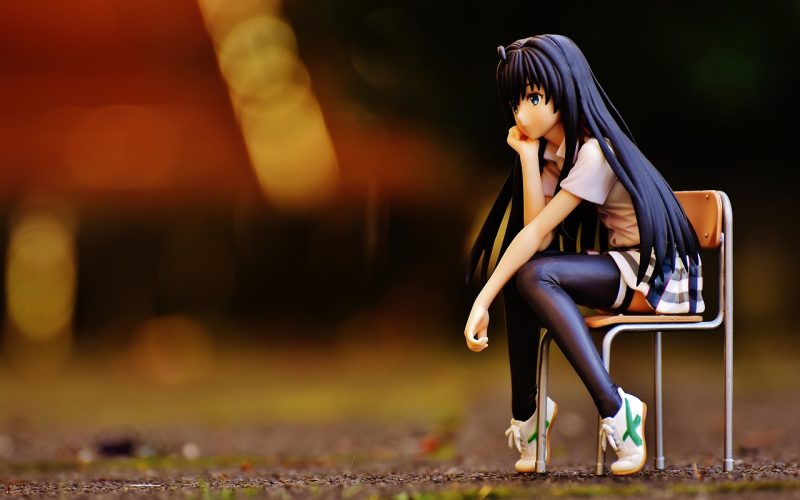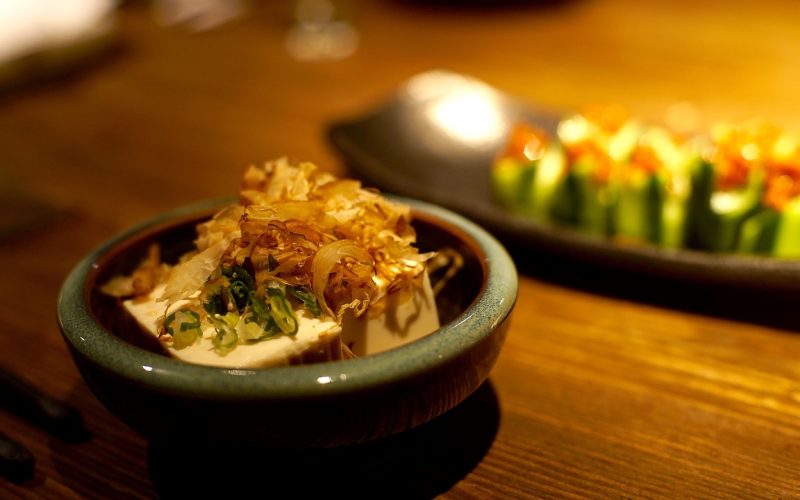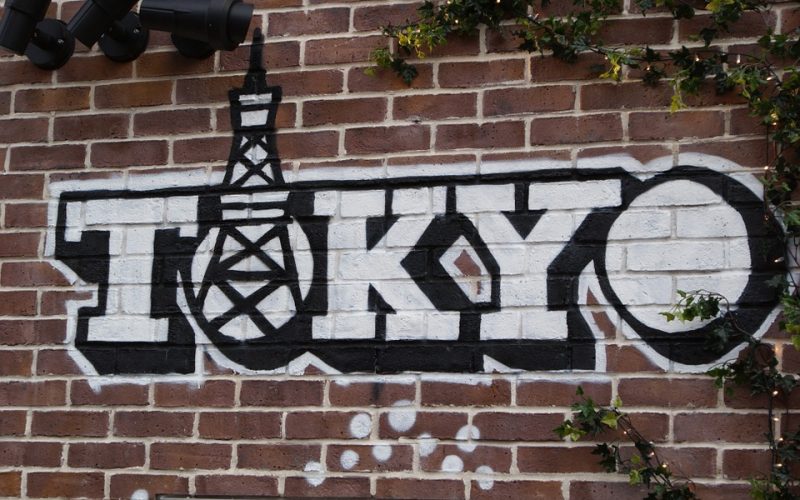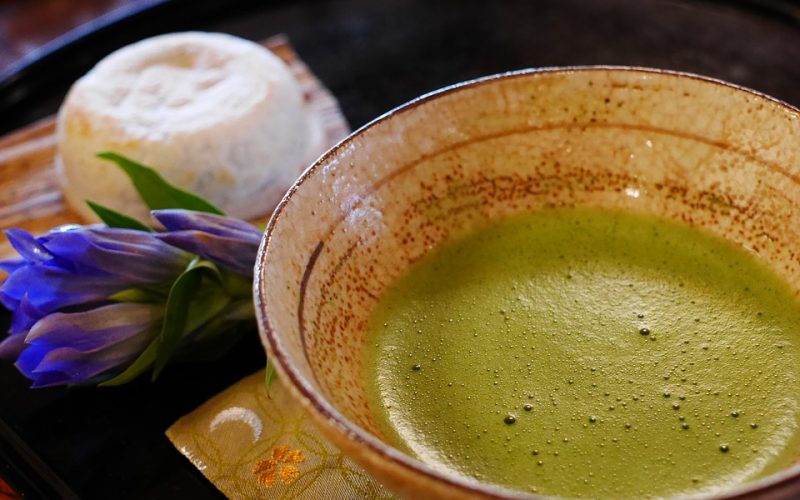Anime and manga, two of Japan's most iconic cultural exports, have captivated audiences worldwide with their unique storytelling, vibrant artwork, and diverse genres. Their history, deeply intertwined with Japanese culture, reflects the evolution of artistic expression and societal changes over time.
The roots of manga in Japanese art
Manga, the Japanese term for comics and graphic novels, has roots that trace back centuries. The origins can be linked to the "emaki" (picture scrolls) of the 12th century, which combined images and text to tell stories. These early forms of visual storytelling laid the groundwork for what would later develop into modern manga. In the Edo period (1603–1868), woodblock prints known as "ukiyo-e" gained popularity, with artists like Katsushika Hokusai creating sequential prints that resemble today’s manga. Hokusai even used the term "manga" to describe some of his works, which translates to "whimsical pictures."
The emergence of modern manga
The modern form of manga began to take shape in the post-World War II era. Osamu Tezuka, often referred to as the "God of Manga," revolutionised the industry with his work "Astro Boy" (Tetsuwan Atomu) in the 1950s. Drawing inspiration from Western animation, Tezuka introduced cinematic techniques and complex narratives that expanded the scope of manga. His influence paved the way for manga to become a mainstream form of entertainment, appealing to various age groups and covering a wide range of genres—from romance and horror to science fiction and fantasy.
The rise of anime as a cultural phenomenon
Anime, the animated counterpart to manga, also saw significant growth in the mid-20th century. The first feature-length anime film, "Momotaro, Sacred Sailors," was released in 1945, but it was the advent of television in the 1960s that truly propelled anime into the spotlight. Tezuka's "Astro Boy" was adapted into one of the first televised anime series, marking the beginning of anime's global reach. Studios like Toei Animation and Studio Ghibli later emerged, producing influential works such as "Dragon Ball" and "My Neighbour Totoro," which captivated audiences with their artistry and storytelling.
The international expansion of anime and manga
The 1980s and 1990s marked a period of international expansion for anime and manga. Fans outside of Japan began to discover these art forms through VHS tapes and fan translations. Series like "Akira," "Sailor Moon," and "Dragon Ball Z" achieved cult status, leading to increased demand for translated works. In response, publishers and production companies began licensing titles for foreign markets, boosting anime and manga's popularity worldwide. This globalisation was further accelerated by the internet, which allowed fans to access content more easily and connect with fellow enthusiasts.
The impact of anime and manga on Japanese culture
Anime and manga have had a profound impact on Japanese culture, influencing everything from fashion and music to literature and education. The themes explored in these media often reflect societal issues, offering commentary on topics such as technology, identity, and environmentalism. Additionally, anime and manga have contributed to Japan's soft power, enhancing its cultural influence and appeal on a global scale. Events like the Tokyo International Film Festival and the Comiket market showcase the innovative spirit and creativity inherent in these art forms.
The future of anime and manga
Today, anime and manga continue to thrive, with new technologies like virtual reality and digital distribution shaping their future. Streaming services such as Crunchyroll and Netflix have made anime more accessible than ever, while digital platforms enable manga artists to reach a wider audience. As these mediums evolve, they remain a dynamic and integral part of Japanese culture, captivating new generations of fans and inspiring creators worldwide.
The rich history of anime and manga is a testament to their enduring appeal and cultural significance. From their humble beginnings to their status as global phenomena, these art forms have not only entertained millions but also fostered a deeper understanding and appreciation of Japanese culture across the world.



















